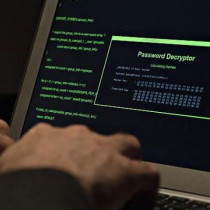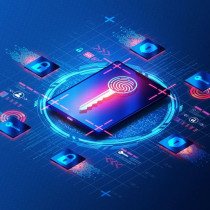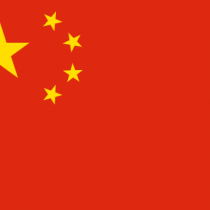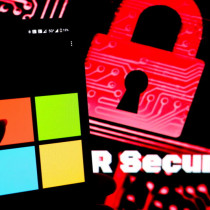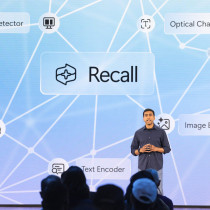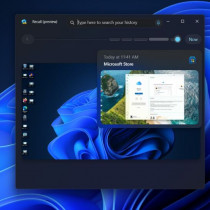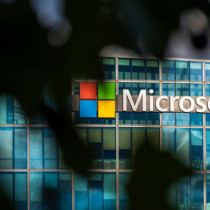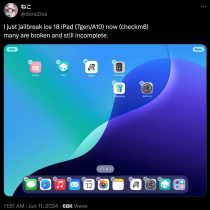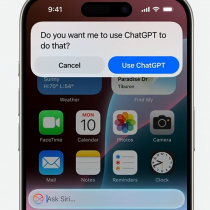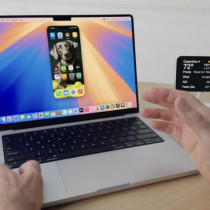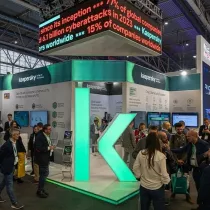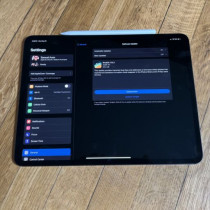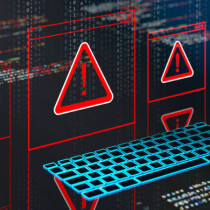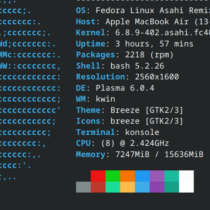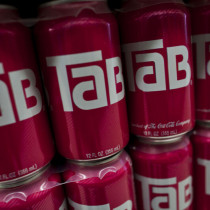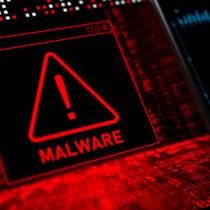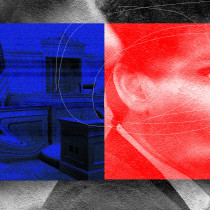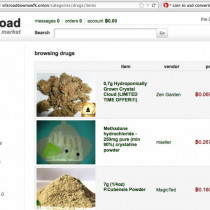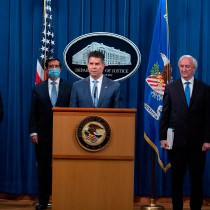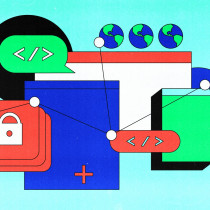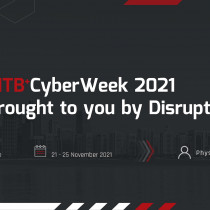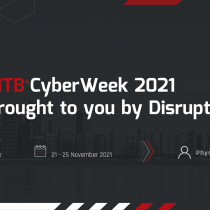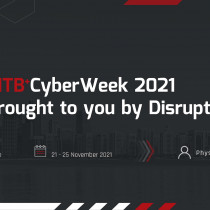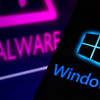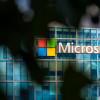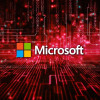Microsoft Finally Admits Its Malware-Style Windows 10 Upgrade Sales Pitch Went Too Far

We've talked a lot about how Microsoft managed to shoot Windows 10 (and consumer goodwill) squarely in the foot by refusing to seriously address OS privacy concerns, and by using malware-style tactics to try and force users on older versions of Windows to upgrade. While Microsoft's decision to offer Windows 10 as a free upgrade to Windows 7 and Windows 8.1 made sense on its surface, the company repeatedly bungled the promotion by making the multi-gigabyte upgrade impossible to avoid, which was a huge problem for those on capped and metered broadband connections.
But at times Microsoft made things even worse by engaging in behavior that would make even the lowest scumware peddlers proud. Like that time the Redmond-giant began pushing Windows 10 upgrade popups that pretended to let users close the popup dialogue by pressing X, only to have that begin the upgrade anyway against the user's wishes.
Between this and the company's outright refusal to let users control how and when the operating system phoned home, Microsoft managed to take a relatively successful OS launch and turn it squarely on its head -- largely by ignoring some of the most basic principles of design, customer service, and public relations.

